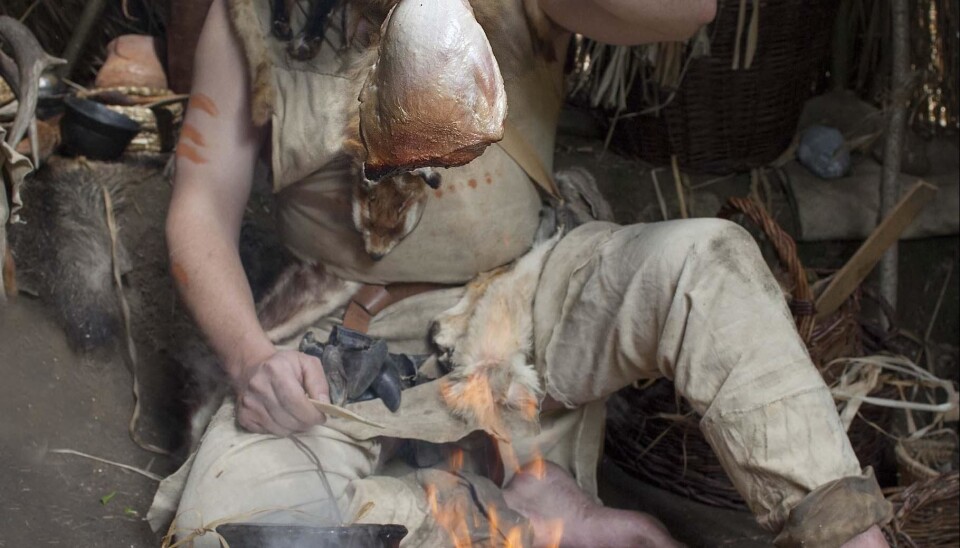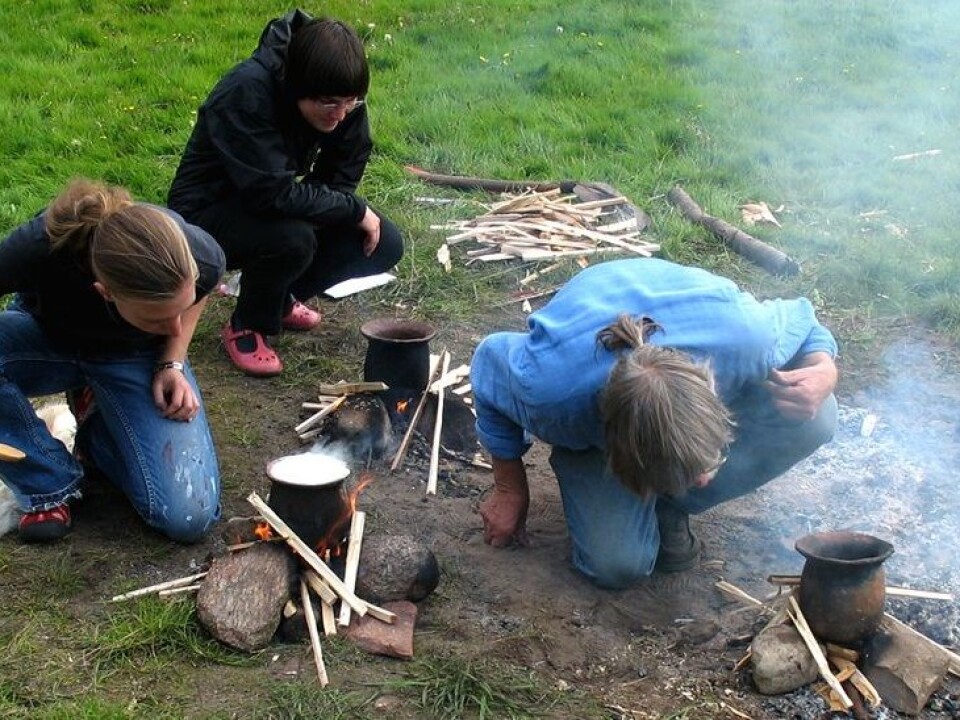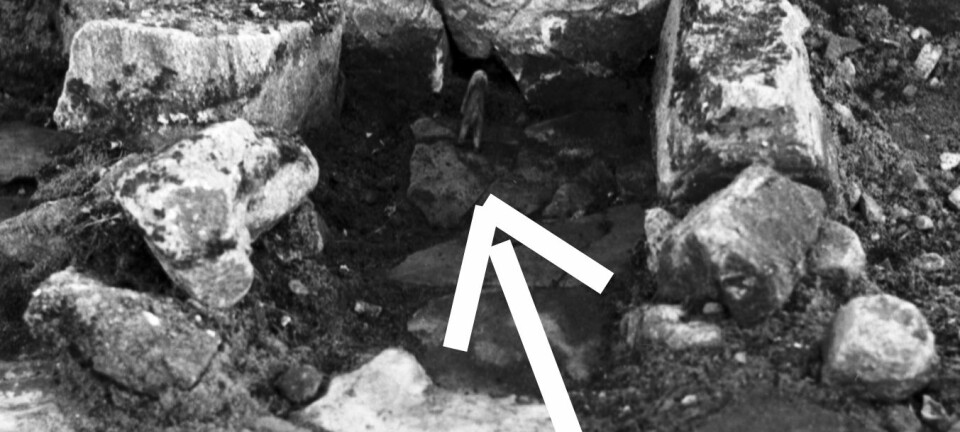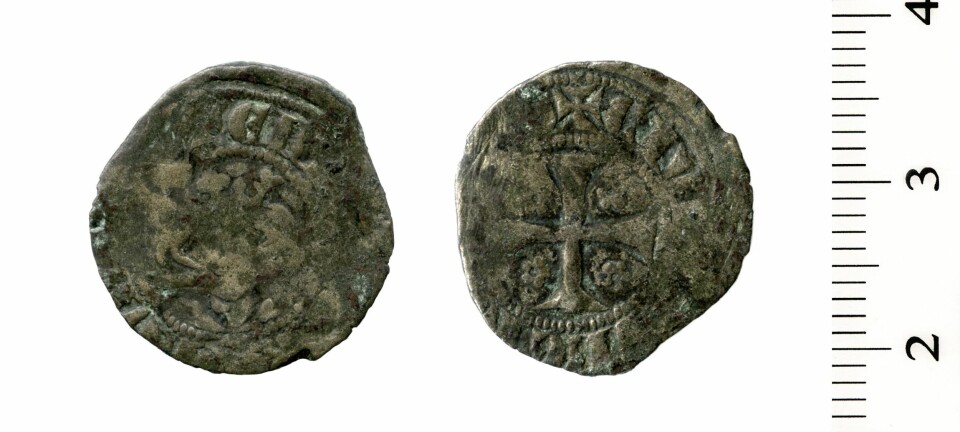
Fish corrupt Carbon-14 dating
Danish Stone Age settlements may have been misdated by up to 2,000 years. In sites where people ate fish, there might well be errors in the Carbon-14 dating of clay vessels.
Danish Stone Age settlements may turn out to be hundreds, perhaps thousands, of years younger than we thought.
A physicist from Aarhus University has together with archaeologists at the Gottorp Castle Museum in Northern Germany made a startling discovery: if ancient people prepared their fish in clay vessels, it’s impossible to date this accurately.
It turns out that the widely-used Carbon-14 dating method may be up to 2,000 years off the mark.
”We had not expected to see an effect of 2,000 years. The discovery has some fairly frightening implications because it’s crucial to archaeology to have steady fixation points in the dating work. There’s probably no need to rewrite the history books, but it’s likely that they contain some incorrectly dated excavation sites, Associate Professor Felix Riede told Aarhus University’s newsletter Rømer.

“This is food for thought, especially in an old fishing nation like Denmark. In sites where people ate fish, we might see errors in the Carbon-14 dating of clay vessels.”
Fish contain less Carbon-14
This is due to the fact that fish contain less of the radioactive substance Carbon 14 if they have lived in hard water.
Hard water contains high levels of calcium carbonate. Carbonate contains carbon, including carbon-14. However, depending on ocean water circulation, fish and other living creatures can incorporate 'older' carbonate (with less carbon-14) into their bodies. When these organisms die and fossilise, they appear to be much older than they actually are.
And, strange as it may sound, this has an effect on the Carbon-14 content in the clay pots that were used for cooking fish.
Danish Stone Age people had a diet rich in fish, so there is a great risk that errors have been made in the dating of an unknown number of settlements. This could mean that we have an inaccurate picture of how ancient culture developed in and around Denmark.
”An error of a couple of hundred years isn’t too bad when you’re dating finds from the Early Stone Age. But an error of 2,000 years is of great importance,” says Riede.
A result of creative experiments
Before they started on the research project, the archaeologists were fully aware that dating of fish is subject to a large margin of error. They just didn’t know how big it was, nor how fish affect the Carbon-14 contents in the clay vessels that they were prepared in.
An experiment made things clearer:
- The archaeologists created a clay vessel of the kind that was used in the Stone Age.
- They placed it over a fire and prepared a fish dish in it.
- They made sure that some of it stuck to the pot.
- They then Carbon-14 dated the pot and the burnt crust at the bottom of the pot. The dating showed that the pot and the burnt fish, Carbon-14-wise, were 700 years old.
This gave the archaeologists reason to believe that they should take care not to rely too much on the Carbon-14 dating method.
------------------------------
Read the Danish version of this article at videnskab.dk
Translated by: Dann Vinther








